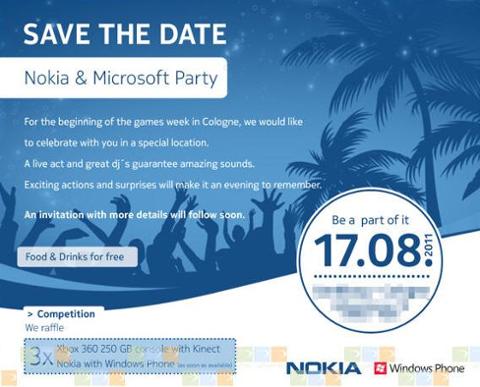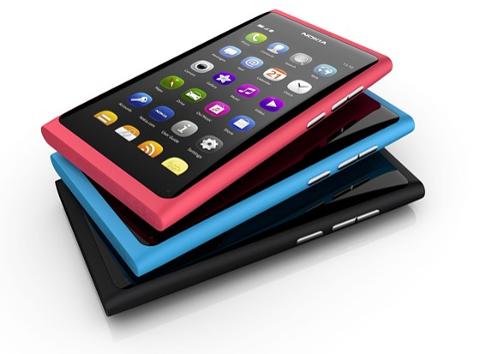
Nokia is hoping smartphone users will never miss a call by getting a tattoo that vibrates when they receive a phone call. The company filed a patent with the United States Patent and Trademark Office for a
tattoo that vibrates when you get a call. The tattoo would send "a perceivable impulse" through magnetic waves to your skin – an impulse that could be customized for different callers, much the way you can set different ring tones. While much of the patent application talks about the tattoo as a material that could be attached to the skin, there's also talk about using "ferromagnetic inks" for a more permanent version. Though a patent filing doesn't necessarily mean you'll see that technology on the market anytime soon, it does offer some insight into what companies are thinking. Here are some other recent ones:
- Google just received a patent (filed in 2008) for technology that would analyze background noise on your phone to serve up related ads or links. Say you're at a ballgame or a concert and call Google's 411 service for advice on a restaurant. This technology could send news or coupons based on your location. The patent filing also speaks of other uses: For instance, with appropriate sensors, it could offer up ads for winter coats when the temperature drops below a certain threshold.
- A just-published Microsoft filing from 2010 describes a helmet and eyeglasses offering "laser-scanning virtual image display" for images viewed at arm's length. By offering slightly different images for each eye, the image could appear in stereoscopic 3D. The filing cites potential uses in "applications ranging from video gaming to aviation." Ars Technica notes that Sony soon will launch its own head-mounted display for gaming, but thinks this technology might be a boon for Microsoft.
- Apple has been awarded a design patent for its Shanghai retail store, a cylindrical glass tower with its logo floating inside. It's much like the glass cube at its Fifth Avenue store in New York. A clear, circular staircase takes shoppers below where they will find the Genius Bar and other familiar aspects of Apple's retail operation. The store opened in 2010, just as the iPhone 4 was introduced in China.
 Nokia is hoping smartphone users will never miss a call by getting a tattoo that vibrates when they receive a phone call. The company filed a patent with the United States Patent and Trademark Office for a tattoo that vibrates when you get a call. The tattoo would send "a perceivable impulse" through magnetic waves to your skin – an impulse that could be customized for different callers, much the way you can set different ring tones. While much of the patent application talks about the tattoo as a material that could be attached to the skin, there's also talk about using "ferromagnetic inks" for a more permanent version. Though a patent filing doesn't necessarily mean you'll see that technology on the market anytime soon, it does offer some insight into what companies are thinking. Here are some other recent ones:
Nokia is hoping smartphone users will never miss a call by getting a tattoo that vibrates when they receive a phone call. The company filed a patent with the United States Patent and Trademark Office for a tattoo that vibrates when you get a call. The tattoo would send "a perceivable impulse" through magnetic waves to your skin – an impulse that could be customized for different callers, much the way you can set different ring tones. While much of the patent application talks about the tattoo as a material that could be attached to the skin, there's also talk about using "ferromagnetic inks" for a more permanent version. Though a patent filing doesn't necessarily mean you'll see that technology on the market anytime soon, it does offer some insight into what companies are thinking. Here are some other recent ones:


